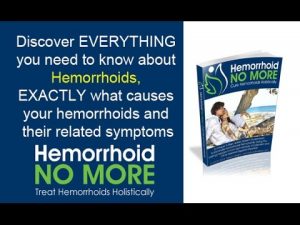In 1988 a study was published looking at the effect of a meal on energy consumption during exercise. The energy consumption was examined during exertion before a meal and just after a meal. There was no difference in the total amount of energy consumed. However, the participants burned more fat with an empty stomach compared to athletes who had recently eaten. The meal for exercise did not result in a higher energy consumption, but that less fat was burned [1]. The conclusion of this research has led many athletes to decide to train on an empty stomach, with the intention of burning fat and losing weight. But how complete and recent is this research. Is exercise on an empty stomach now so sensible? And does this method really work? Below you will find an answer.
The short answer: despite the fact that you burn more fats with an effort on an empty stomach, this does not mean that you burn more calories – and you will probably not be able to lose weight faster by training on an empty stomach. In addition, exercising on an empty stomach has a negative effect on performance.
Energy consumption
Just back to the basics: to lose weight it is important to create a negative energy balance. This can be done simply in three ways: by eating less, or more exercise; or of course a combination of both. Training in itself has a positive effect on energy combustion, but does it also make sense to run around in the morning without breakfast? B
Cortisol
Cortisol, also called hydrocortisone, belongs to the glucocorticoids. These adrenal cortex hormones affect the glucose balance in the body [3] . The release is associated with stress. Cortisol production is increased if the body is subject to stress. By this I mean not only mental stress, but also an increased physical load. The cortisol concentration in the blood depends on the athlete’s load; the greater the load, the greater the separation.
Cortisol causes the blood sugar concentration in the blood plasma to increase, and is therefore a functional hormone: the body needs extra glucose in stress situations. Cortisol also inhibits glucose uptake by the cells, resulting in more glucose in the blood. In addition, it promotes the production of glucose in the liver and muscles. To make this possible, glucose formation (gluconeogenesis) takes place from glycerol and lactic acid, but also from amino acids. Cortisol inhibits protein formation and promotes the breakdown of proteins, especially in the muscles, so that amino acids are released for gluconeogenesis [3] . This is something that you do not strive for with training; what you want is that the amino acids are used for protein synthesis (muscle recovery) and that the blood sugar is burned as an energy source.
Furthermore, training on an empty stomach stimulates the release of cortisol, which can lead to the breakdown of proteins in the muscles. The best thing for the activity is to consume a carbohydrate-rich meal in order to build up an optimal carbohydrate supply. I recommend taking a meal with a cardio workout for up to two hours before the workout. This is because of the risk of gastrointestinal complaints. Up to one hour before exercise, you can eat a lightly digestible snack, such as a piece of fruit, a bowl of yogurt or a sandwich [4]. People who do expensive or interval training should ideally eat earlier than two hours in advance. When practicing strength training, it will not be a problem for many to eat warm up to an hour before the workout.



